Con Town, Hai Hau, Nam Dinh Province. (Photo: Pham Kien/VNA)
The Ministry of Home Affairs has just completed the draft Resolution of the National Assembly Standing Committee on administrative unit arrangement and sent it to the Ministry of Justice for appraisal.
According to this draft Resolution, the criteria for arranging provincial and communal administrative units closely follow the 6 criteria that have been considered and agreed upon by the Politburo, including: natural area; population size; criteria on history, tradition, culture, religion, ethnicity; criteria on geo-economics (including criteria on geographical location, scale and level of economic development); criteria on geopolitics; criteria on national defense and security.
In which, the criteria of natural area and population size are determined according to the provisions of Resolution No. 1211/2016/UBTVQH13 (amended and supplemented in Resolution No. 27/2022/UBTVQH15).
At the same time, the draft Resolution also stipulates that administrative units with isolated locations and difficult to organize convenient traffic connections with adjacent administrative units; and those with especially important locations, if rearranged, will affect national defense, security, and the protection of national sovereignty, are not required to be rearranged.
11 localities do not implement the arrangement
Based on the criteria specified in the draft Resolution, there are 52 provincial-level administrative units implementing the arrangement, including: 4 cities: Hai Phong, Ho Chi Minh City, Da Nang, Can Tho and 48 provinces: Ha Nam, Hung Yen, Vinh Phuc, Bac Ninh, Thai Binh, Hai Duong, Nam Dinh, Ninh Binh, Bac Kan, Thai Nguyen, Phu Tho, Bac Giang, Hoa Binh, Tuyen Quang, Lao Cai, Yen Bai, Ha Giang, Ninh Thuan, Quang Tri, Phu Yen, Quang Binh, Quang Ngai, Khanh Hoa, Dak Nong, Tay Ninh, Binh Duong, Binh Thuan, Binh Phuoc, Ba Ria-Vung Tau, Ben Tre, Bac Lieu, Vinh Long, Hau Giang, Tra Vinh, Tien Giang, Soc Trang, Dong Thap, An Giang, Long An, Ca Mau, Quang Nam, Binh Dinh, Dak Lak, Dong Nai, Gia Lai, Kon Tum, Lam Dong, Kien Giang.
There are 11 provincial-level administrative units that do not implement the arrangement, including Hanoi city, Hue city, Lai Chau, Dien Bien, Son La, Lang Son, Quang Ninh, Thanh Hoa, Nghe An, and Ha Tinh.
At the commune level, the whole country has about 9,996/10,035 commune-level administrative units subject to rearrangement.
The draft Resolution stipulates that the total number of communes and wards after the rearrangement of provinces and cities will be reduced by at least 70% and at most 75% compared to the total number of current commune-level administrative units in the area.
The Ministry of Home Affairs also encourages naming new communes and wards according to serial numbers or according to the names of district-level administrative units (before rearrangement) with serial numbers attached to facilitate digitization and updating of information data.
Hue City is one of 11 provincial-level administrative units that did not implement the arrangement. (Photo: Vu Sinh/VNA)
Arrange the status quo of administrative units at the same level
According to the draft Resolution, provincial administrative units will be merged according to the approved plan to reduce the number and increase the scale of administrative units, expand development space, and maximize the potential advantages of localities.
Criteria for determining the provincial administrative unit to carry out the arrangement include:
Criteria on natural area and population size, implementation of arrangement for provincial-level administrative units with natural area or population size below 100% of the standards of the corresponding administrative unit prescribed in Resolution No. 1211/2016/UBTVQH13 of the National Assembly Standing Committee on standards of administrative units and classification of administrative units have been amended and supplemented with a number of articles according to Resolution No. 27/2022/UBTVQH15 of the National Assembly Standing Committee.
Criteria on history, tradition, culture, and ethnicity: Provincial-level administrative units have similar historical, traditional, cultural, and ethnic factors, ensuring solidarity and close-knit community; preserving and promoting the culture, history, and ethnicity of each locality.
Economic geography criteria: Provincial-level administrative units have adjacent geographical locations, natural conditions, traffic infrastructure, distribution and organization of economic spaces, appropriate scale and level of economic development to ensure maximum promotion of potential and economic development advantages of all localities, mutual support to promote the common socio-economic development of the administrative unit after the arrangement.
Geopolitical criteria: Carefully consider factors such as qualifications and management capacity of local Party committees and authorities, level of digital transformation, application of information technology by local authorities and people.
Criteria on national defense and security: The arrangement of provincial administrative units must ensure national defense and security, especially building strong defense zones in key locations, island areas, archipelagos and border areas.
Criteria for determining commune-level administrative units to be reorganized include commune-level administrative units with natural area or population size less than 300% of the standards of the corresponding administrative unit prescribed in the Resolution of the National Assembly Standing Committee on standards of administrative units and classification of administrative units.
Carefully consider specific factors of history, tradition, culture, ethnicity, religion, beliefs, customs, practices, geographical location, natural conditions, sub-regional and provincial linkages, scale, level of economic development, ensuring national defense, political security, social order, traffic infrastructure and information technology to serve the requirements of state management and socio-economic development.
The principle of arranging administrative units is to ensure the leadership of the Party and strengthen the leadership and direction of the heads of agencies and organizations in carrying out this work; comply with the Constitution, and follow the procedures prescribed in the Law on Organization of Local Government. Focus on and do a good job of propaganda and mobilization of the people to create consensus, support, and high unanimity on the policy of arranging administrative units.
The draft also sets out the principles of linking the arrangement of administrative units with innovation, reorganizing the apparatus of the political system to be streamlined, effective and efficient; promoting potentials and advantages, expanding development space of localities; promoting decentralization, delegation of power, enhancing autonomy and self-responsibility of local governments; restructuring and improving the quality of cadres, civil servants, public employees and workers.
Carry out the original arrangement of administrative units at the same level to form a new administrative unit. In case of merging a province with a province, the new administrative unit after the arrangement is the province; in case of merging a province with a centrally-run city, the new unit after the arrangement is the centrally-run city.
In case of rearranging wards with administrative units of the same level, the new administrative unit after the rearrangement is the ward; in case of rearranging communes and towns, the new administrative unit after the rearrangement is the commune.
In case the arrangement of commune-level administrative units changes the boundaries of district-level administrative units, it is not necessary to consider the conditions and standards and it is not necessary to follow the process and procedures for adjusting the boundaries of the district-level administrative units to which the commune-level administrative units belong.
Source: VNA/Vietnam+
Source: https://baodongkhoi.vn/thoi-su/tin-trong-nuoc/de-xuat-giu-nguyen-11-tinh-thanh-52-tinh-thanh-sap-nhap-theo-6-tieu-chi-a144259.html


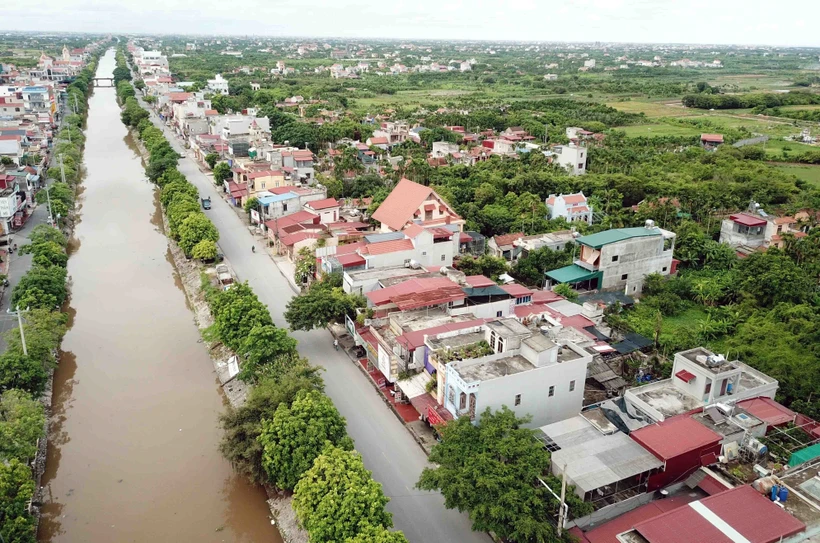
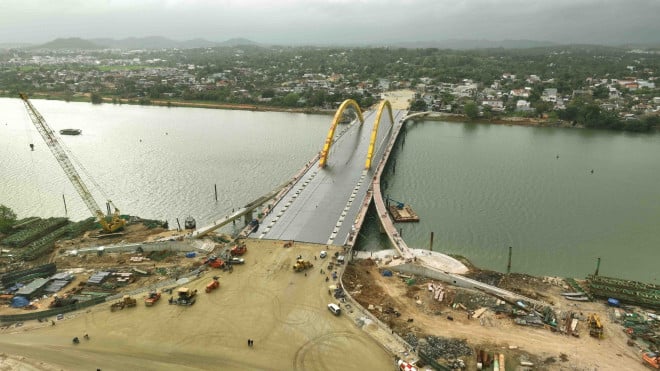
![[Photo] Prime Minister Pham Minh Chinh and Brazilian President Luiz Inácio Lula da Silva attend the Vietnam-Brazil Economic Forum](https://vstatic.vietnam.vn/vietnam/resource/IMAGE/2025/3/29/f3fd11b0421949878011a8f5da318635)

![[Photo] Dong Ho Paintings - Old Styles Tell Modern Stories](https://vstatic.vietnam.vn/vietnam/resource/IMAGE/2025/3/29/317613ad8519462488572377727dda93)













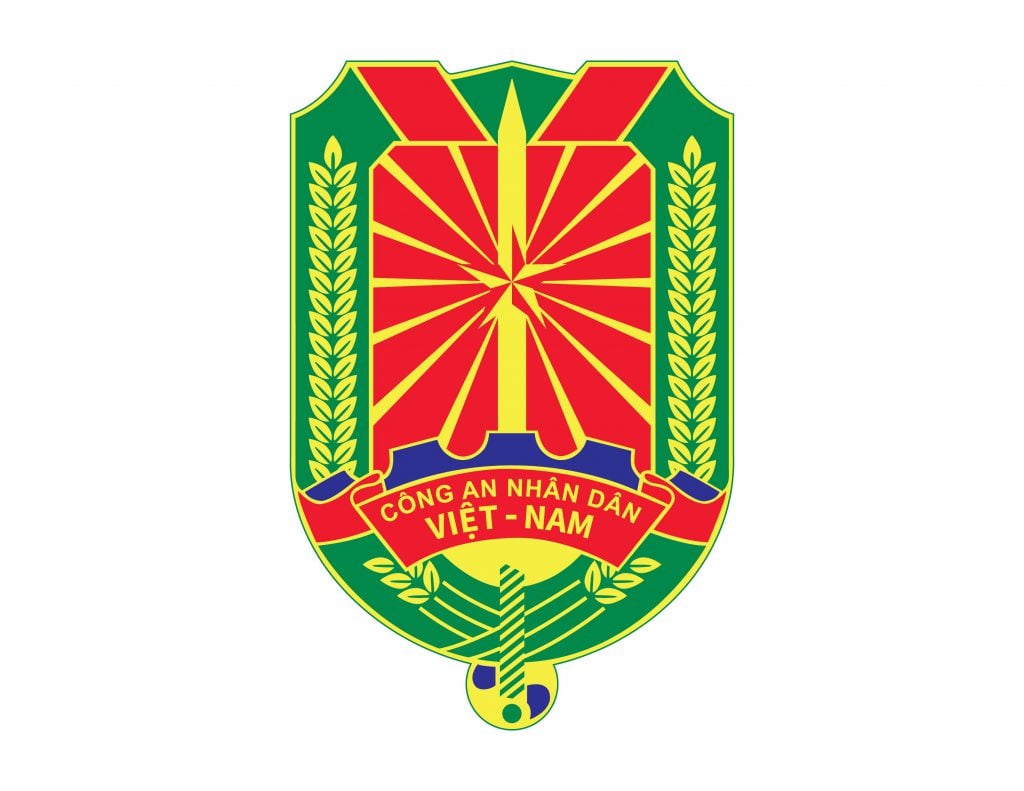






















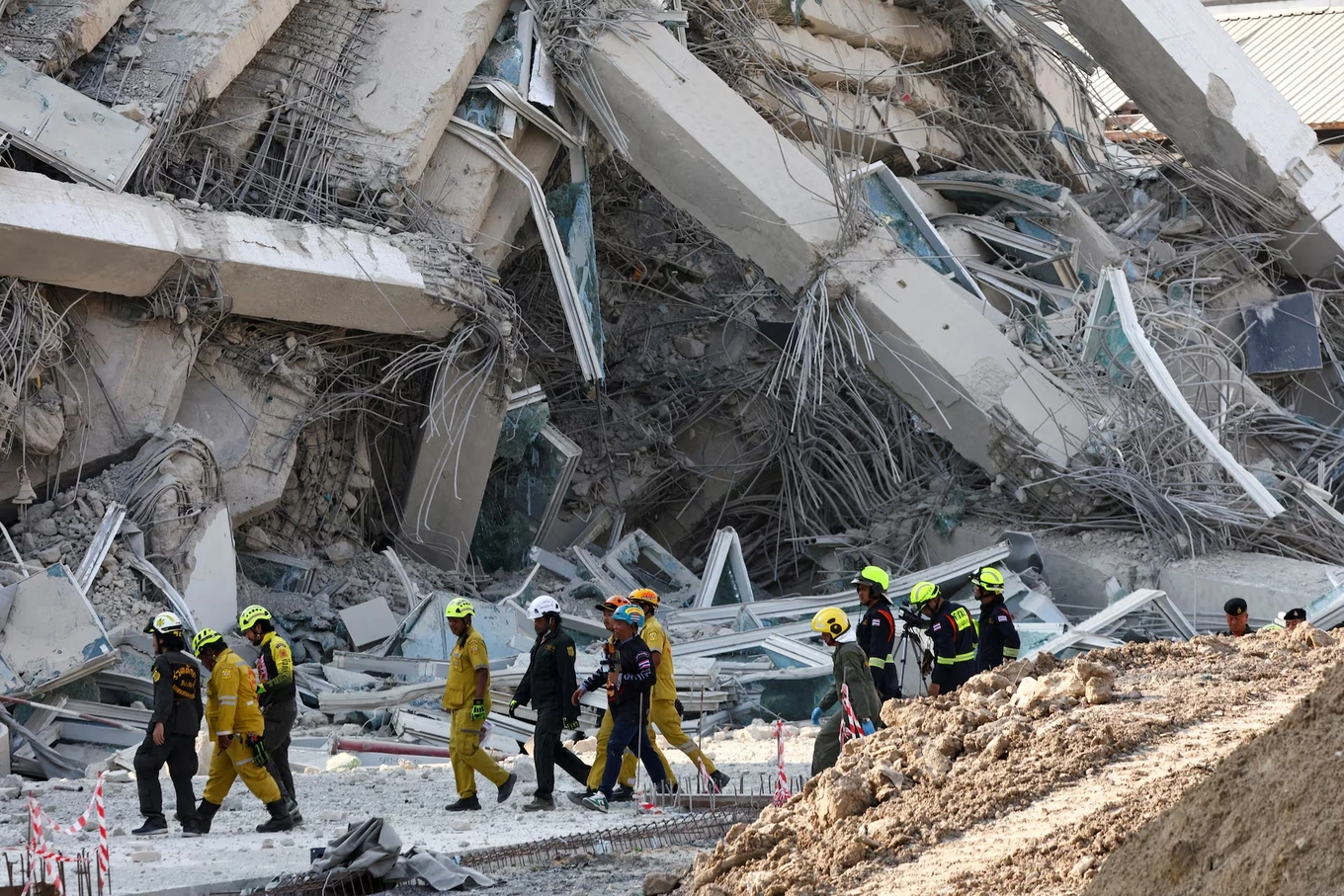




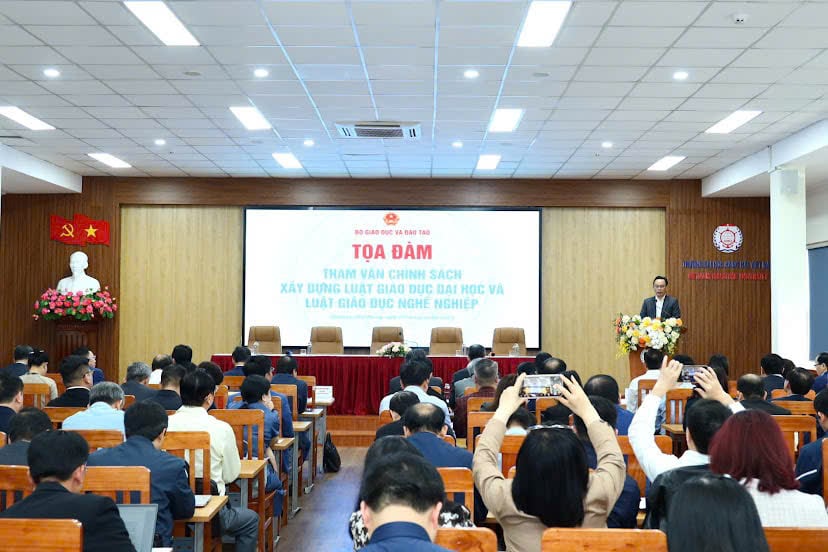

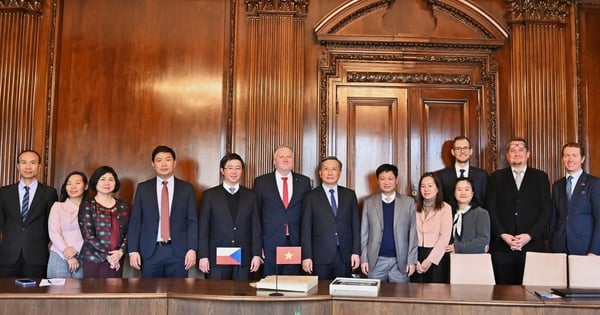

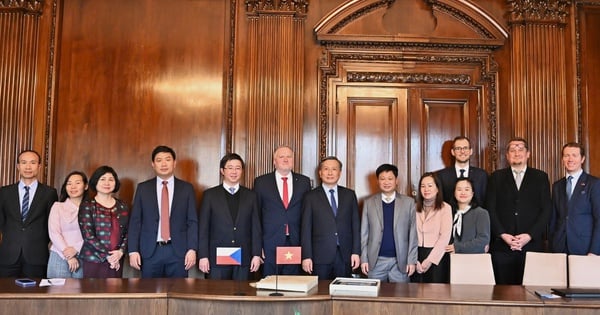






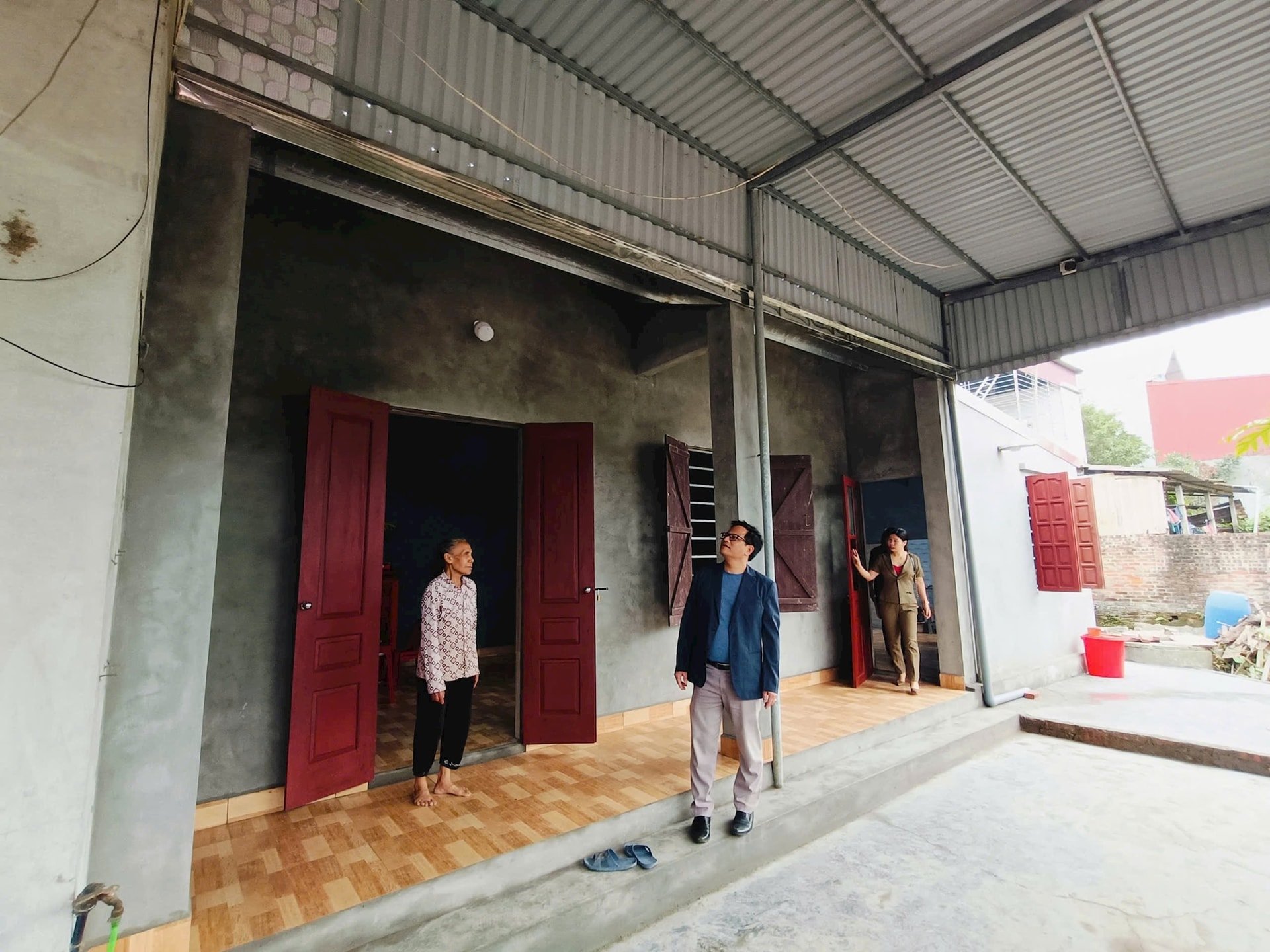




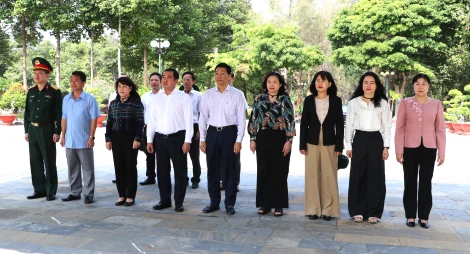










Comment (0)